Learn more about Cataracts!
Cataracts are one of the most common eye conditions in Canada. In fact, they’re so prevalent that you or someone close to you will likely develop them at some point in life. Cataracts occur when proteins in the eye’s lens start to break down and clump together, leading to clouded vision and difficulty focusing. Fortunately, cataracts are manageable and easily treated. Here are six important facts to know about this condition.
Cataracts Are the Leading Cause of Blindness
According to the Canadian National Institute for the Blind (CNIB), cataracts are the number one cause of low vision and blindness in Canada. More than 3.5 million Canadians live with cataracts, and by the time you turn 70, you have a 50 percent chance of developing them. While cataracts can significantly impair vision if left untreated, the good news is that they are highly treatable, and vision can often be restored through surgery.
Anyone Can Develop Cataracts
Although cataracts are most often associated with aging, they can affect people of all ages. Some children are even born with congenital cataracts, a condition that may require early surgical intervention. While cataracts typically begin forming around the age of 40, many people don’t notice significant vision changes until later in life. Other risk factors include:
- Diabetes – High blood sugar levels can accelerate cataract formation.
- Smoking and excessive alcohol consumption – These habits increase oxidative stress, which can damage eye tissues.
- Prolonged UV exposure – Without proper eye protection, the sun’s ultraviolet rays can contribute to cataract development.
Not All Cataracts Require Surgery
In the early stages, cataracts may not require surgical intervention. If your vision is only slightly affected, your optometrist may simply recommend stronger prescription glasses, better lighting, or magnifying lenses to help you see more clearly. However, as cataracts progress and begin interfering with daily activities like reading, driving, or recognizing faces, surgery becomes the best option. Your optometrist will monitor the condition and help determine the right time for treatment.
Cataract Surgery Is Quick and Painless
Cataract surgery is one of the safest and most commonly performed procedures in Canada. It involves replacing the clouded natural lens of the eye with a clear, artificial intraocular lens (IOL). The surgery itself takes less than an hour, and there is no need for a hospital stay. Patients typically receive a mild sedative and topical anesthesia to ensure they feel no pain during the procedure. Most people notice improved vision within a day or two, with full recovery in a few weeks.
Cataract surgery has an impressive 98 percent success rate, helping more than 350,000 Canadians each year regain clear vision.
Cataract Surgery Is Free in Alberta
If you have a valid Alberta Health Care card, cataract surgery is fully covered by the provincial health plan. This includes the cost of the basic intraocular lens implant and the surgeon’s fees. While upgraded lens options that correct astigmatism or presbyopia may come with an additional cost, the standard procedure remains accessible to all eligible patients.
Steps You Can Take to Reduce Your Risk of Cataracts
Although cataracts are a natural part of aging, certain lifestyle choices can help delay their onset or slow their progression. To protect your vision, consider the following preventative measures:
- Wear sunglasses – Look for UV-blocking sunglasses to reduce exposure to harmful ultraviolet rays.
- Eat a nutrient-rich diet – Foods high in antioxidants, vitamins C and E, and omega-3 fatty acids help maintain eye health.
- Quit smoking and limit alcohol consumption – Both smoking and excessive alcohol intake contribute to oxidative stress and increase the risk of cataracts.
- Manage health conditions – If you have diabetes or other chronic conditions, maintaining stable blood sugar and overall health can help protect your eyes.
- Limit steroid use – Prolonged use of steroid medications has been linked to an increased risk of cataracts. If prescribed steroids, consult your doctor about alternatives when possible.
Regular eye exams are one of the most effective ways to catch cataracts early. Optometrists recommend getting an eye exam every one to two years, particularly for adults over the age of 40. Early detection allows for timely treatment and better management of vision changes.
Cataract Treatment in Edmonton
If you suspect you have cataracts or are experiencing changes in your vision, Optometrists’ Clinic Inc. is here to help. Our team of experienced optometrists can diagnose and monitor cataracts, provide treatment recommendations, and refer you for surgery if necessary.
We also offer comprehensive eye exams to check for other conditions, including macular degeneration, glaucoma, and diabetic eye disease. Contact one of our Edmonton-area clinics today to schedule your appointment and take proactive steps toward maintaining clear vision.




